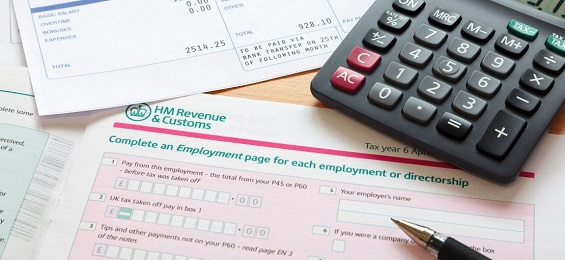Capital Gains Tax explained
CGT applies where you dispose of particular capital assets at a profit. The rates charged depend on your level of income and the type of disposal, with gains from disposals of residential property being charged at higher rates.
Reliefs and exemptions: Key CGT reliefs are Business Asset Disposal Relief (previously known as Entrepreneurs’ Relief) and Private Residence Relief (PRR). PRR takes the disposal of the main residence out of CGT for most people. There is also an annual exemption.
Rates: CGT is charged at 10% on gains (including any held over gains coming into charge) where your net total taxable gains, plus income, fall below the Income Tax basic rate band threshold. Broadly, gains or any part of them, above the basic rate band are charged at 20%. For gains on disposal of residential property, the position to 5 April 2024 meant higher rate taxpayers paid CGT at 28%, and basic rate taxpayers at 18%.
Budget surprise for top rate of CGT: In an unexpected move, intended to prime transactions in the property market, Spring Budget 2024 announced a cut to the top rate of CGT on disposals of residential property. As a result, the higher rate falls to 24% from 28% from 6 April 2024. The 18% rate remains unchanged.
Reduction in annual exemption: The annual exemption has been cut in stages from £12,300, in a move announced at Autumn Statement 2022. From 6 April 2024, for individuals and personal representatives, it is £3,000, and £1,500 for most trustees, and is now considered to be fixed at this level. Overall, the reduction means that more trusts and individuals will be brought within scope of CGT for the first time. It also makes it increasingly important to maximise the potential of what is still available.
With an annual exemption each, couples should plan to utilise both exemptions as far as possible. Where, for example, there are assets to dispose of, and one spouse is a higher rate taxpayer, and the other has yet to make full use of their basic rate band, there may be the possibility of transferring the assets between them, on a no gain, no loss basis. The lower rate taxpayer can then make the disposal for CGT purposes. This gives the potential to access the 10% rate band, rather than the 20% rate.
To make sure that arrangements are likely to achieve the desired result, do please discuss them with us beforehand. It is an area that needs considerable care, and it is important that such transfers are outright and unconditional.
Letters from HMRC: HMRC sometimes issues what are called one-to-many letters when it thinks particular types of income or gains are slipping through the net. This year, for example, HMRC has done so where it looks as if information on the disposal of shares has been left off the tax return. It’s not the case, though, that everyone getting the letter will have a CGT liability. It might be, for instance, that total gains are less than the annual exemption.
What does HMRC want to know about? HMRC’s letter campaign suggests some public uncertainty about the need to tell HMRC about sales and gifts of assets, particularly personal belongings.
CGT applies to most valuable personal possessions, from furniture and jewellery, to works of art and shares (unless within an ISA). Even personalised car number plates come under HMRC’s watchful eye. Here value stems from the right to use a particular combination of numbers and letters (an intangible asset), with any gain arising on the disposal of a registration number treated as a chargeable gain. The physical number plate on the other hand, is considered to be a chattel, and likely to be of negligible value.
It’s also important to be aware of the rules on cryptoassets. For most people, buying and disposing of cryptoassets is likely to fall within scope of CGT, and from 2024/25, the self assessment tax return will specifically ask for information on income and gains from crypto transactions.
The rules on calculating gains (and losses), reporting to HMRC, and payment of tax, are complex. Separate rules apply to disposals of residential property, for example, especially as regards timescale. The position for non-residents also needs separate treatment. We should be pleased to provide more information.
















